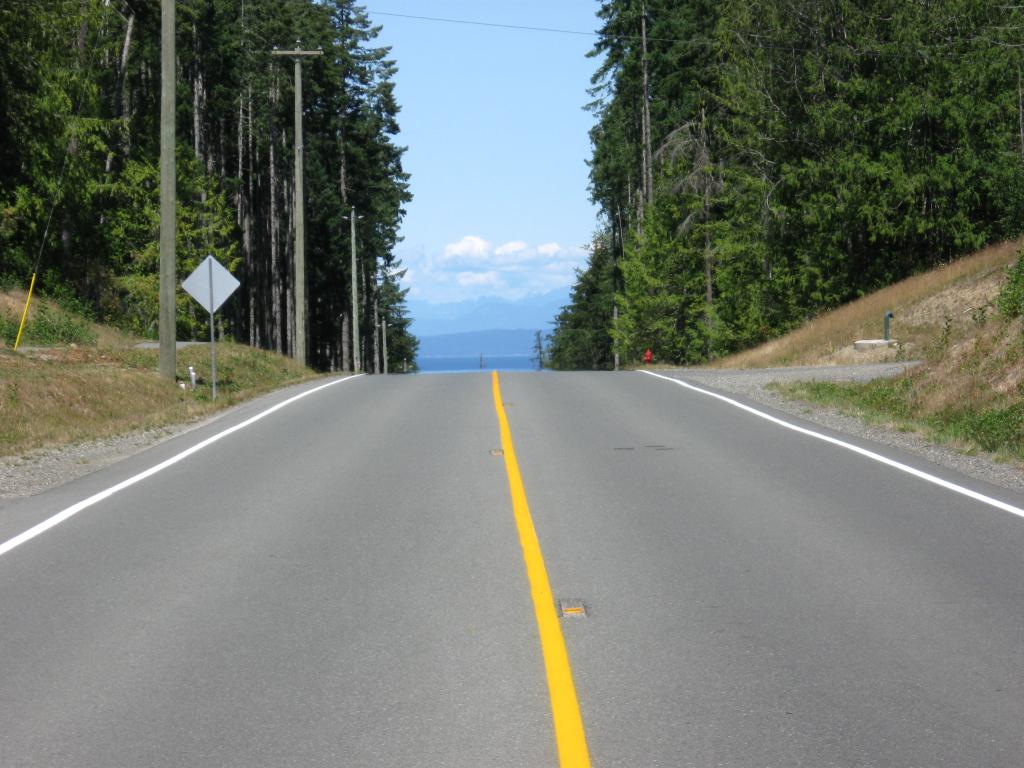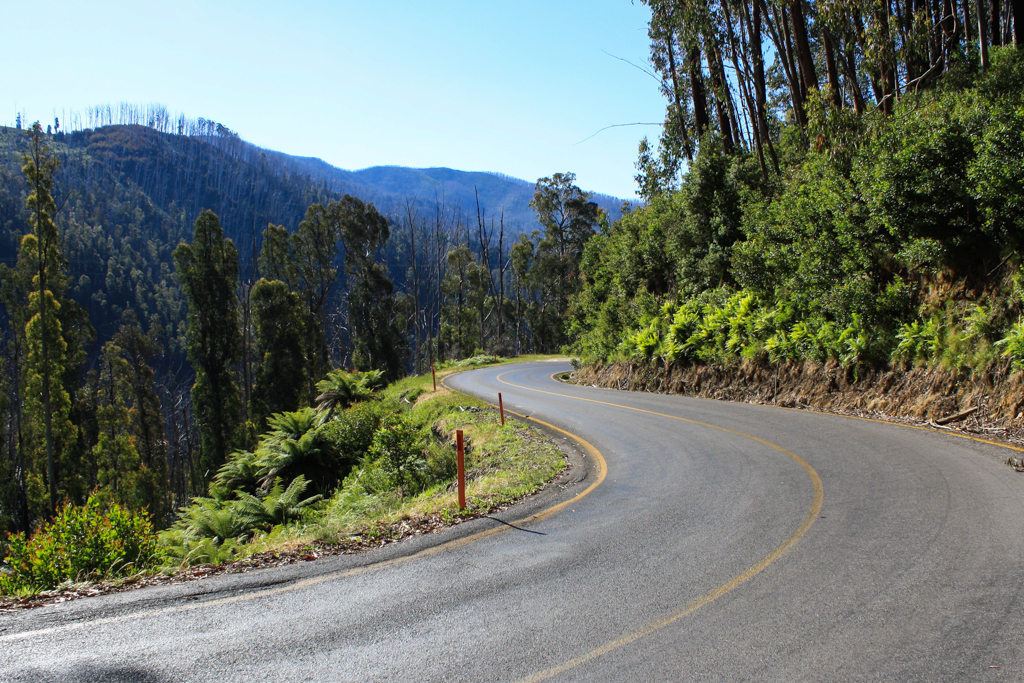The behavior of the driver on the road depends on visibility conditions. It is focusing on the condition of the road, especially in conditions of insufficient or limited visibility, the driver selects the speed, determines with maneuvers, decides which light to use. In traffic rules, the terms "limited" and "insufficient visibility" have different meanings.

Definition
Under this concept is understood in the SDA to limit the visibility of any object, a feature of the geometry of the road, vegetation, temporary obstacles. Also, this term is used in cases where it is necessary to go on a dangerous turn or at the end of an ascent that warns of a dangerous section of the road.
Features of the concept
Inadequate and limited visibility are different concepts, but they are often confused. Insufficient visibility is the conditions created by natural phenomena, poor lighting of the road. An example is fog, poor lighting of city roads or lack thereof, snowfall, rain, dust, etc. The definition of limited visibility includes everything that interferes with a good view of the road. It can be: a building, a hill, a mountain, a tree, a dangerous section and a turn, beyond which the road is not visible.

Types of obstacles
All conditions of limited visibility are divided into permanent and non-permanent. The latter include:
- interference with movement that can be eliminated;
- road repair;
- vehicle stop on the road.
Limited visibility may be constant. This type includes the features of the road terrain, which always create restrictions: day, night, snowfall, on a clear day. Accidental or temporary restrictions can create obstacles only for a while. For example, a tree fell or a cork formed. After a while, the cars will go away, the tree will be removed, the review of the road will resume. And what does limited visibility of a constant type mean?
An example of this would be buildings that block the road, trees, and rises on a hill or mountain. All this constantly closes the review to the driver, regardless of the time of day. And no one can improve the visibility of the road only if the building is not demolished or trees are not cut.
Traffic rules and traffic police about the term
There are rules prohibiting overtaking in such conditions. This is stated in the SDA, clause 11.5 "Overtaking is prohibited in places where objects creating limited visibility are blocked on the road by drivers." If the traffic police inspectors suddenly stop and say that the driver violated Clause 11.5, this is usually due to relief features that were not taken into account when driving.
There are also rules that prohibit overtaking in low visibility conditions. They say that if the driver sees at a distance of less than 300 meters, then visibility is insufficient. Under such conditions it is impossible to overtake another car.

Movement speed
During movement, it is necessary to maintain a distance from other participants in the movement, as well as use light sources:
- if it is snowing or raining during movement, that is, conditions of insufficient visibility, fog lights or a high beam, dipped beam must be used;
- high beam is used outside the city, and in cases where it is planned to overtake or there is a car in the oncoming lane, the light switches to the low beam at a distance of 150 meters.
For the safe movement of the car in conditions of good visibility it is considered as follows:
- At a speed of 90 km / h the visibility of the oncoming car is 300 meters, and the obstacle is visible for about 175 meters.
- At a speed of 30 km / h, the visibility of the car is 90 meters, and the obstacles are 45 meters.
With limited visibility, the driver can evaluate the road at a distance of less than 5-10 meters. After the obstruction to the review is left behind, the review will resume.
GOST 52289-2004 reflects information about which signs should be installed in places of constant limited visibility. So, according to standards, in dangerous places signs such as “No overtaking”, “Dangerous turn”, “Steep descent”, as well as “Steep climb” are set. There are options with a special mark. If there are several turns on the road, the Dangerous Turns sign is set.

Motion
The Rules of the Road there are no strict requirements for driving in such conditions. There is only one requirement - to adjust traffic taking into account the quality of the road and assess the general situation. Accurate data in the SDA on the visibility distance, which is considered limited, are not available. Although the text of the rules contains information that all sections of roads where visibility is less than 100 meters fall under limited visibility. The rules contain information that under such conditions it is impossible to perform various maneuvers, overtake a car, there are restrictions on stopping, parking, and making a U-turn.
It is worth remembering that, observing the rules of the road in conditions of limited visibility, the driver protects not only himself, but also other participants in the movement.
